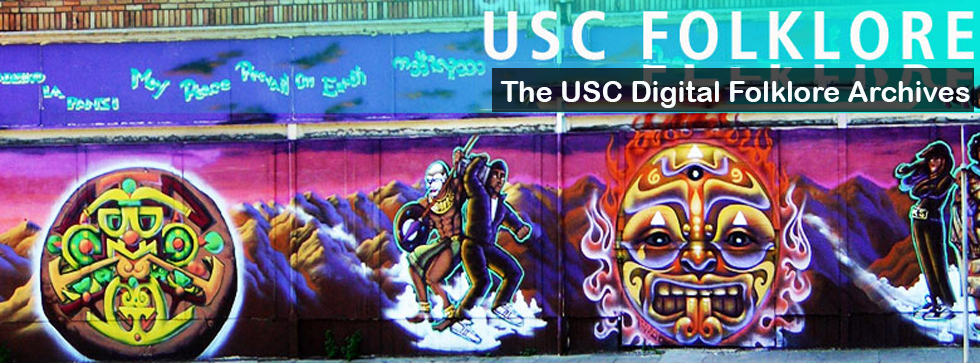5 Facts About Dwende

Deep within the realm of Philippine folklore, there exists a multitude of beings that capture the imagination and embody the rich cultural heritage of the islands. Among these, the Dwende stands out as a fascinating figure, imbued with characteristics that both intrigue and sometimes unsettle. Here, we delve into five compelling facts about the Dwende, exploring their role in folklore, their depiction, and the significance they hold in the Philippine cultural landscape.
Firstly, the Dwende is often described as a small, mischievous spirit or creature, similar to the elves or goblins found in European folklore. However, unlike their Western counterparts, the Dwende is steeped in a unique brand of mysticism and cultural belief that is distinctly Filipino. They are believed to inhabit certain areas, particularly in rural landscapes, forests, or even within the home, where they may play tricks on the inhabitants or, on occasion, offer unexpected assistance.
Secondly, the physical appearance of the Dwende varies across different tales and regions, reflecting the diversity of Philippine culture. Some stories depict them as small, bearded men, dressed in colorful clothing, while others describe them as being either beautiful or grotesque, depending on their intentions towards humans. This variability in depiction highlights the adaptive nature of folklore, where tales are modified and enriched over time through oral tradition and personal experience.
Thirdly, Dwende are often associated with good fortune and prosperity, especially when they are treated with kindness and respect. It is not uncommon for Filipinos to leave small offerings, such as food or trinkets, in areas where Dwende are believed to reside, in the hopes of gaining their favor. This practice underscores the symbiotic relationship that can exist between humans and supernatural beings in Filipino folklore, where mutual respect and reciprocity are valued.
Fourthly, despite their generally benevolent nature, Dwende can also be known to play tricks on humans or cause mischief, especially if they feel disrespected or if their habitats are threatened. This dual nature of the Dwende serves as a reminder of the importance of balance and harmony in one’s interactions with the natural and spiritual worlds. It also reflects the nuanced view of the world found in many indigenous cultures, where nature and the supernatural are not seen as separate entities but as intertwined aspects of life.
Lastly, the belief in Dwende and other supernatural beings speaks to the vibrant spiritual landscape of the Philippines, a country where Catholicism, indigenous beliefs, and other influences have mingled over centuries to create a unique religious and cultural tapestry. The Dwende, along with other creatures of Filipino folklore, represents a connection to the land, ancestors, and a deeper, more mystical understanding of the world. This connection is essential for understanding the Philippines’ rich cultural heritage and the ways in which folklore continues to influence contemporary life and thought.
In conclusion, the Dwende embodies a complex and multifaceted aspect of Philippine folklore, representing both the benevolent and the mischievous aspects of the supernatural world. Through their stories, we gain insight into the cultural, spiritual, and social fabric of the Philippines, highlighting the importance of respect, reciprocity, and balance in all aspects of life. As we continue to navigate the modern world, the tales of the Dwende serve as a reminder of our roots and the enduring power of folklore to inspire, educate, and connect us with our heritage.
What is the typical depiction of a Dwende in Philippine folklore?
+The typical depiction of a Dwende can vary, but they are often described as small, sometimes bearded, and dressed in colorful attire. Their appearance can range from beautiful to grotesque, depending on their perceived intentions towards humans.
Are Dwende considered to be benevolent or malevolent beings?
+Dwende can be both. They are believed to offer good fortune and assistance when treated with respect, but can also play tricks or cause mischief if they feel disrespected or if their habitats are threatened.
How do Filipinos typically interact with or honor the Dwende?
+Filipinos often leave small offerings such as food or trinkets in areas where Dwende are believed to reside, as a sign of respect and to gain their favor. This practice reflects a broader cultural belief in the importance of respecting and honoring all beings, including those of the supernatural realm.
What significance do Dwende hold in Philippine culture and folklore?
+Dwende represent a connection to the land, ancestors, and a deeper understanding of the world. They embody the complex and multifaceted nature of Philippine folklore, blending indigenous, Catholic, and other influences to create a unique cultural narrative.
How does the belief in Dwende reflect the broader cultural and spiritual landscape of the Philippines?
+The belief in Dwende and other supernatural beings reflects the vibrant spiritual diversity of the Philippines, where different religious and cultural influences have merged. It highlights the importance of respecting and honoring the natural and spiritual worlds, and underscores the interconnectedness of all aspects of life.
